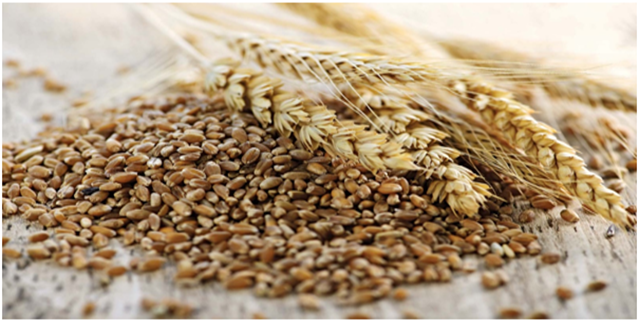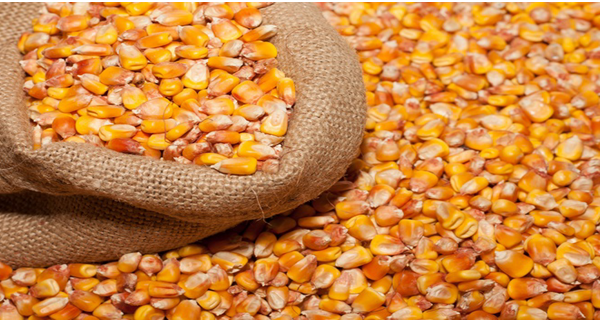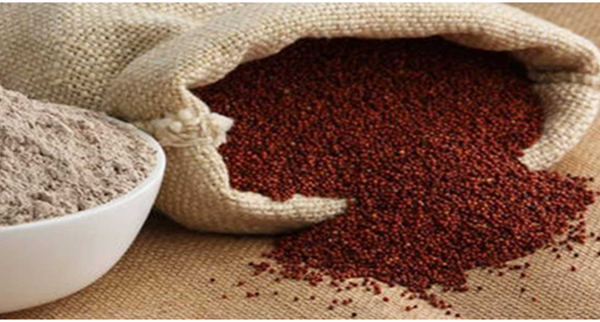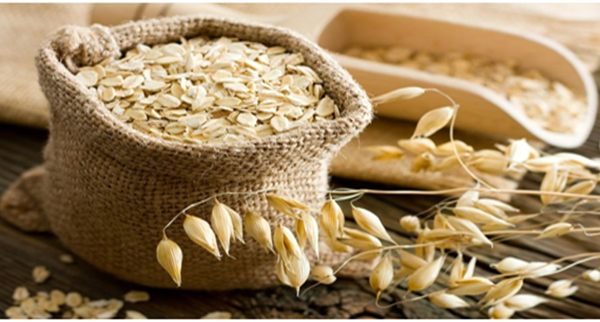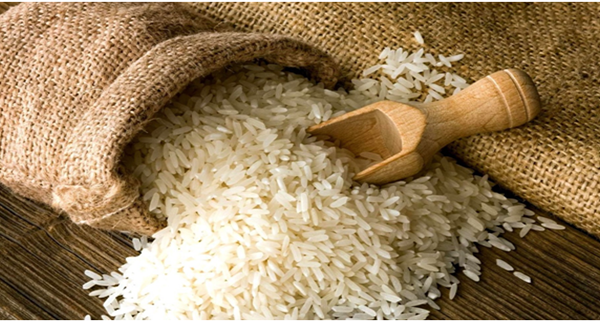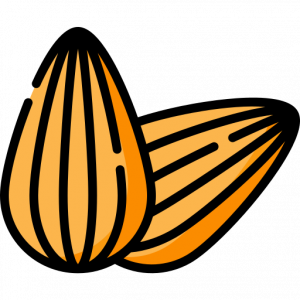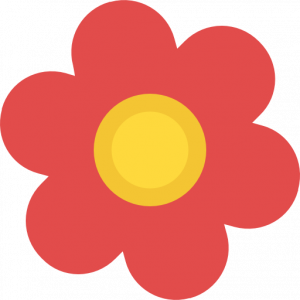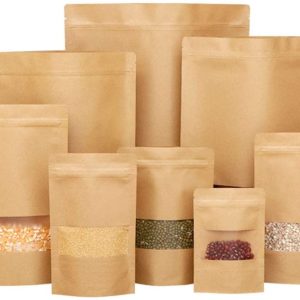Description
Triticaleis a hybrid of wheat (Triticum) and rye (Secale) first bred in laboratories during the late 19th century in Scotland and Germany. Commercially available triticale is almost always a second-generation hybrid, i.e., a cross between two kinds of primary (first-cross) triticales. As a rule, triticale combines the yield potential and grain quality of wheat with the disease and environmental tolerance (including soil conditions) of rye. Only recently has it been developed into a commercially viable crop. Depending on the cultivar, triticale can more or less resemble either of its parents. It can be used as a grain, feed, fuel, forage, wildlife food-plot, cover crop, and so on. Due to the diverse uses and benefits of the crop, Triticale export from India has been growing over the years.
INGREDIENTS
| Nutrients | Calories 336 Total Carbohydrate – 72g Dietary Fiber – 0g |
| Minerals | Calcium Iron Potassium |
| Vitamins | Vitamin D |
| Protein | 13 g |
| Fats | 2.1g |


